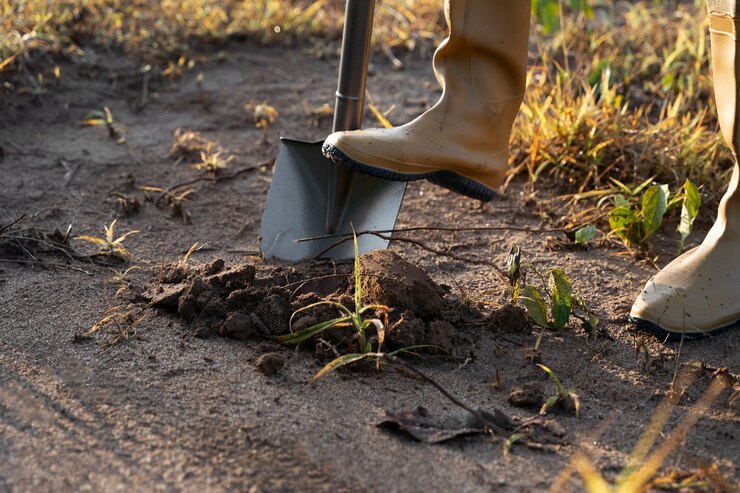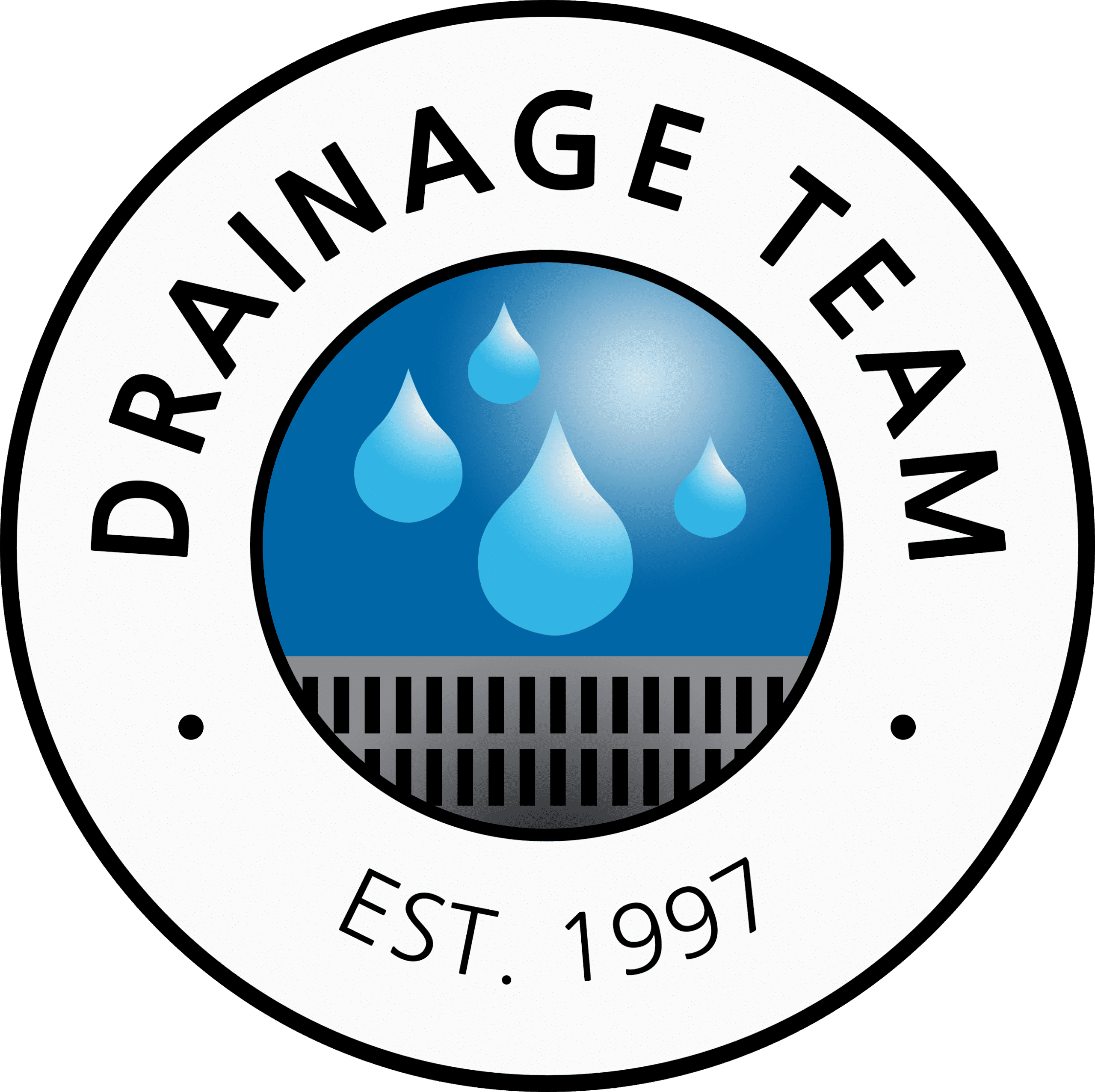Soil erosion is an insidious process that has far-reaching implications for the integrity and sustainability of residential, commercial, and governmental properties. Caused by the detachment and displacement of soil particles, erosion often results from improper drainage, human activities, or natural events — leading to permanent alterations in the landscape and environment. Implementing effective soil erosion control measures is crucial for maintaining stable, healthy landscapes while ensuring the long-term success of your property investment.
In this article, we will delve into the intricacies of soil erosion — identifying its common causes and exploring the consequences it can have on various property types. We will also discuss an array of effective erosion control techniques, enabling you to make informed decisions when addressing this pressing issue.
By gaining a comprehensive understanding of soil erosion, property owners can better anticipate the need for erosion control measures and swiftly implement the most appropriate solutions to prevent further land degradation and damage.
1. Common Causes of Soil Erosion
Soil erosion occurs when the natural balance between soil-building processes and soil-shedding forces is disturbed. Common causes of soil erosion include:
– Water: One of the most significant contributors to soil erosion, water can displace and transport soil through surface runoff generated by heavy rainfall, snowmelt, and poor drainage. The resulting erosion manifests in the form of sheet, rill, and gully erosion, severing the landscape and destabilizing slopes.
– Wind: In areas with loose soil particles and limited vegetation, wind erosion can remove and redistribute soil, leading to fertile soil loss, reduced agricultural productivity, and threatening the structural integrity of buildings and infrastructure.
– Construction and Land Management: Human activities, such as construction and improper land management, can accelerate soil erosion by disturbing the ground cover and soil structure. These activities disrupt the soil-building process, making it more susceptible to erosion by wind and water.
Understanding the causes of soil erosion enables property owners to adopt proactive strategies to minimize the risk and mitigate potential damage.
2. Consequences of Soil Erosion
The detrimental consequences of soil erosion can impact residential, commercial, and governmental properties in several ways:
– Land Degradation: Soil loss significantly reduces the productivity and functionality of the land, limiting its suitability for agriculture, landscaping, and infrastructure development.
– Property Damage: Erosion can undermine foundations, damage roadways, and compromise vital utilities, leading to costly remedial and preventative measures.
– Environmental Impact: Soil erosion results in sedimentation and pollution of water bodies, threatening aquatic ecosystems and reducing the availability of clean water.
– Infrastructure Instability: As soil erodes, it can expose and weaken the structural integrity of buildings and infrastructure, posing safety hazards and leading to costly repairs.
Addressing the consequences of soil erosion is vital for maintaining the health, safety, and value of your property.
3. Effective Soil Erosion Control Techniques
There are numerous erosion control techniques available to address the broad range of causes and consequences associated with soil erosion. These techniques can be grouped into two main categories: vegetative measures and structural measures.
Vegetative Measures
– Ground Cover: Preserving or planting ground cover, such as grasses, shrubs, and trees, stabilizes the soil by absorbing water and reducing runoff velocities. This vegetation also provides a physical barrier that limits the effects of wind erosion.
– Mulching: Applying a protective layer of organic or synthetic materials to bare soil protects against erosive forces, conserves soil moisture, and encourages the growth of vegetation that provides long-term erosion control.
– Cover Crops: Planting temporary crops such as legumes and grasses not only prevents erosion during the off-season but also enhances soil structure and fertility through their deep, stabilizing root systems.
Structural Measures
– Contouring and Terracing: Manipulating the landscape by shaping slopes into contours or terraces slows water flow, reducing runoff volume and encouraging soil infiltration.
– Drainage Systems: Incorporating drainage systems like swales, french drains, and retention ponds helps manage surface runoff by directing excess water away from vulnerable areas or slowing its flow, mitigating erosion risks.
– Erosion Control Mats and Blankets: Installing biodegradable or synthetic erosion control materials on slopes or other vulnerable areas protects the soil surface, supports vegetation establishment, and slows water flow.
Evaluating the specific needs of your property and selecting appropriate erosion control techniques is crucial to ensure their effectiveness and longevity.
4. Developing an Erosion Control Plan
An effective erosion control plan requires a thorough understanding of the particular threat posed by erosion on your property and a deep, insightful approach to addressing that threat. Key steps in developing an erosion control plan include:
– Site Assessment: Identify potential erosion hazards and assess the causes and consequences associated with erosion on your property.
– Prioritize Objectives: Determine the primary objectives for your erosion control plan, such as minimizing water runoff, improving soil stability, or protecting valuable infrastructure.
– Select Strategies: Choose the most suitable erosion control techniques for your specific needs, focusing on the methods that best address your identified erosion risks.
– Implementation and Maintenance: Implement selected erosion control measures and establish a routine maintenance program to ensure the effectiveness and longevity of your efforts.
Final Thoughts
Understanding, anticipating, and addressing soil erosion is a vital component of responsible property ownership, protecting your investment, the environment, and the structural integrity of infrastructure. By familiarizing yourself with the myriad of available erosion control techniques and strategically implementing them, you can mitigate the potentially negative impacts of erosion on your residential, commercial, or governmental property.
At Drainage Team, our expertise in erosion control ensures that you receive informed guidance and skilled implementation of measures designed to keep your property healthy and profitable. Contact us today to help you create a comprehensive erosion control plan tailored to the unique needs of your property, ensuring safety, stability, and longevity for your valued investment.






